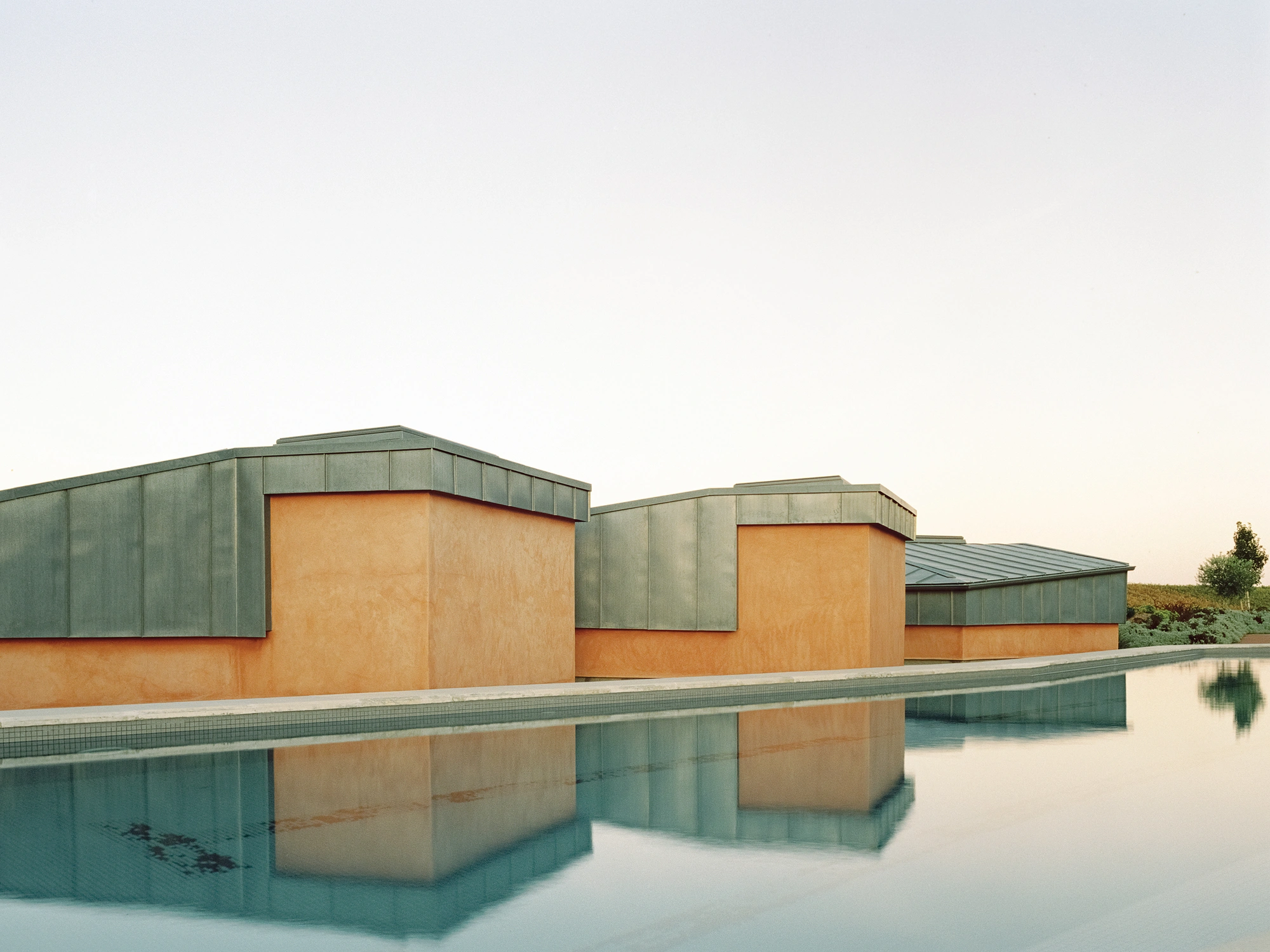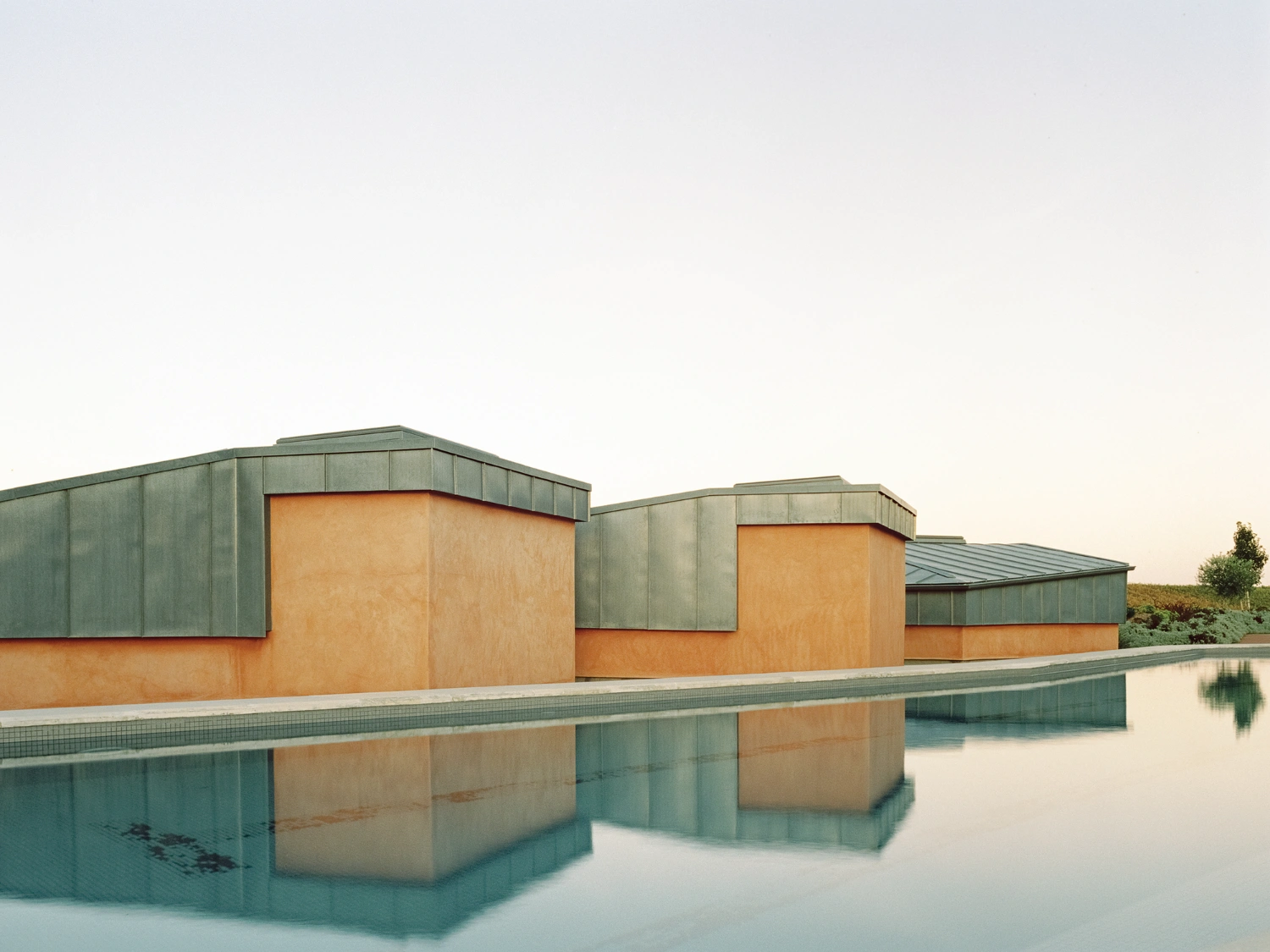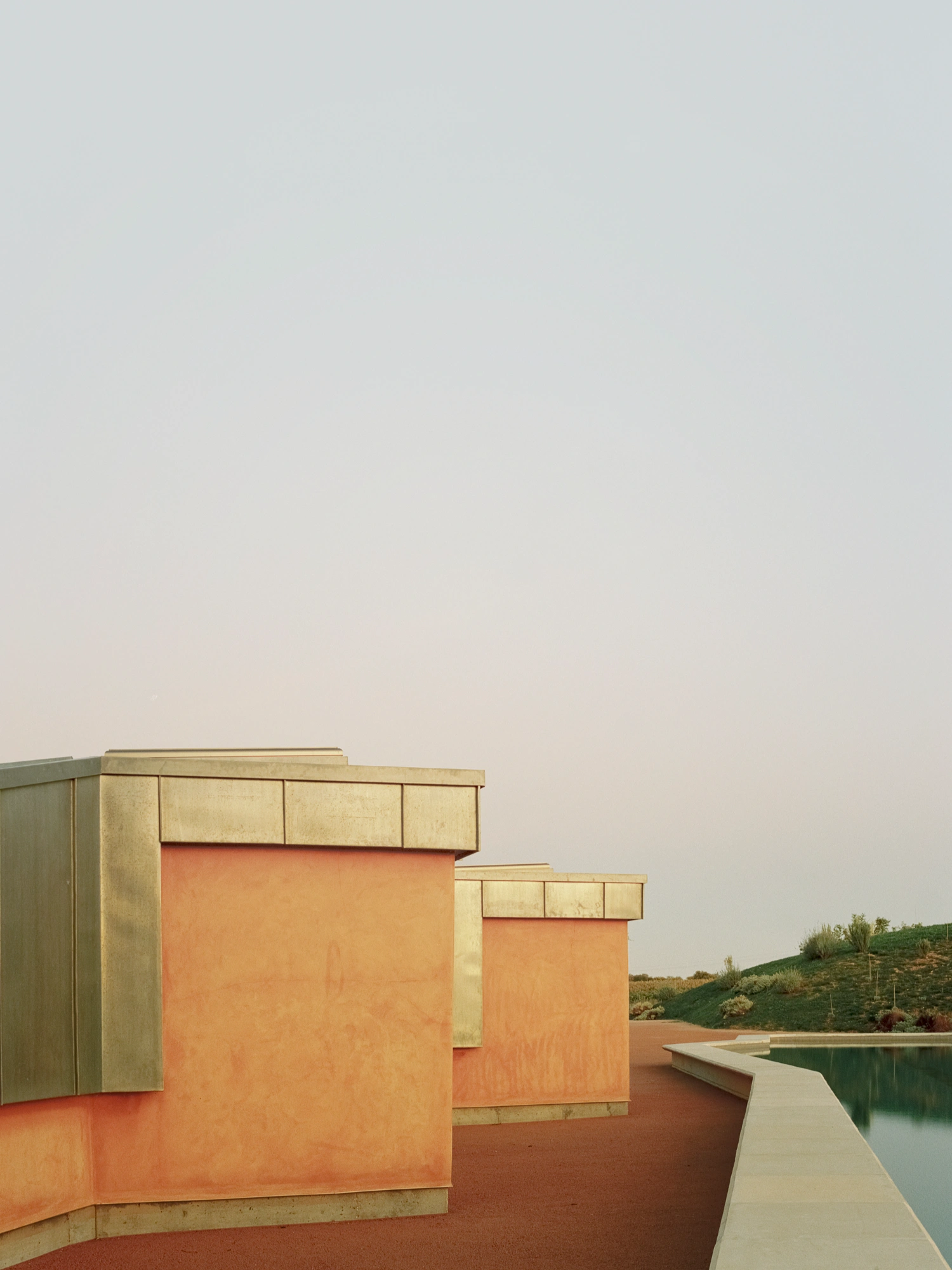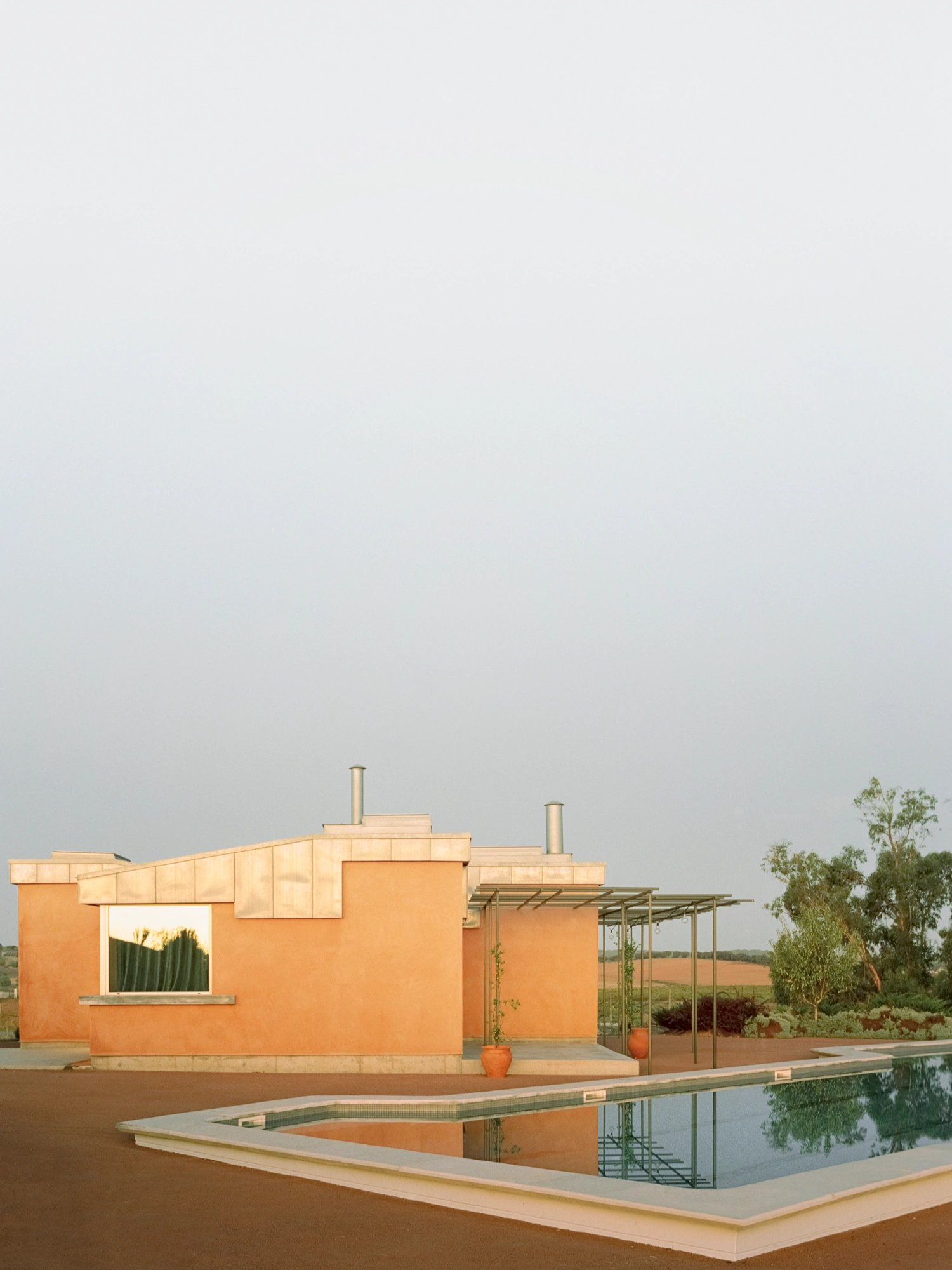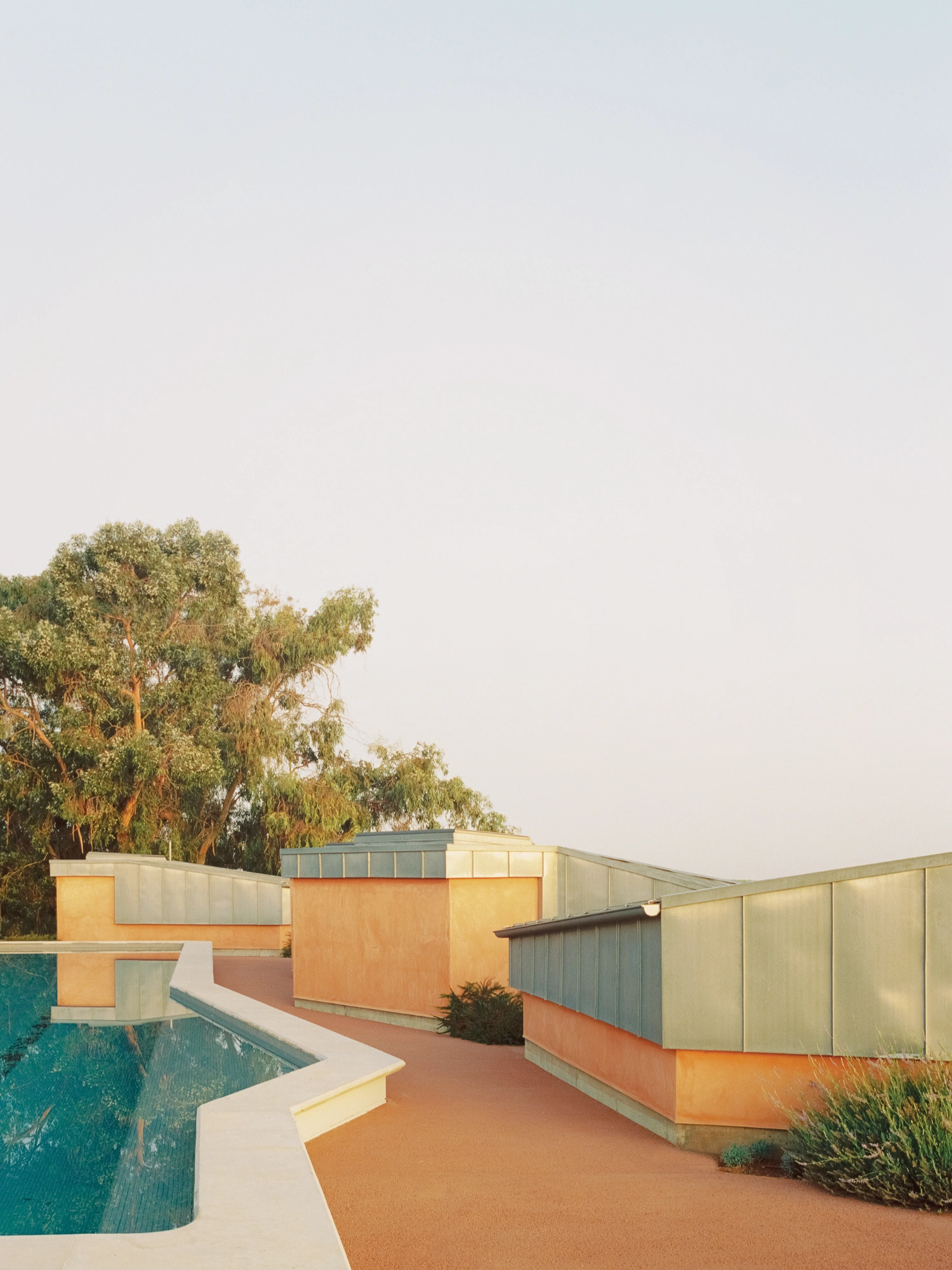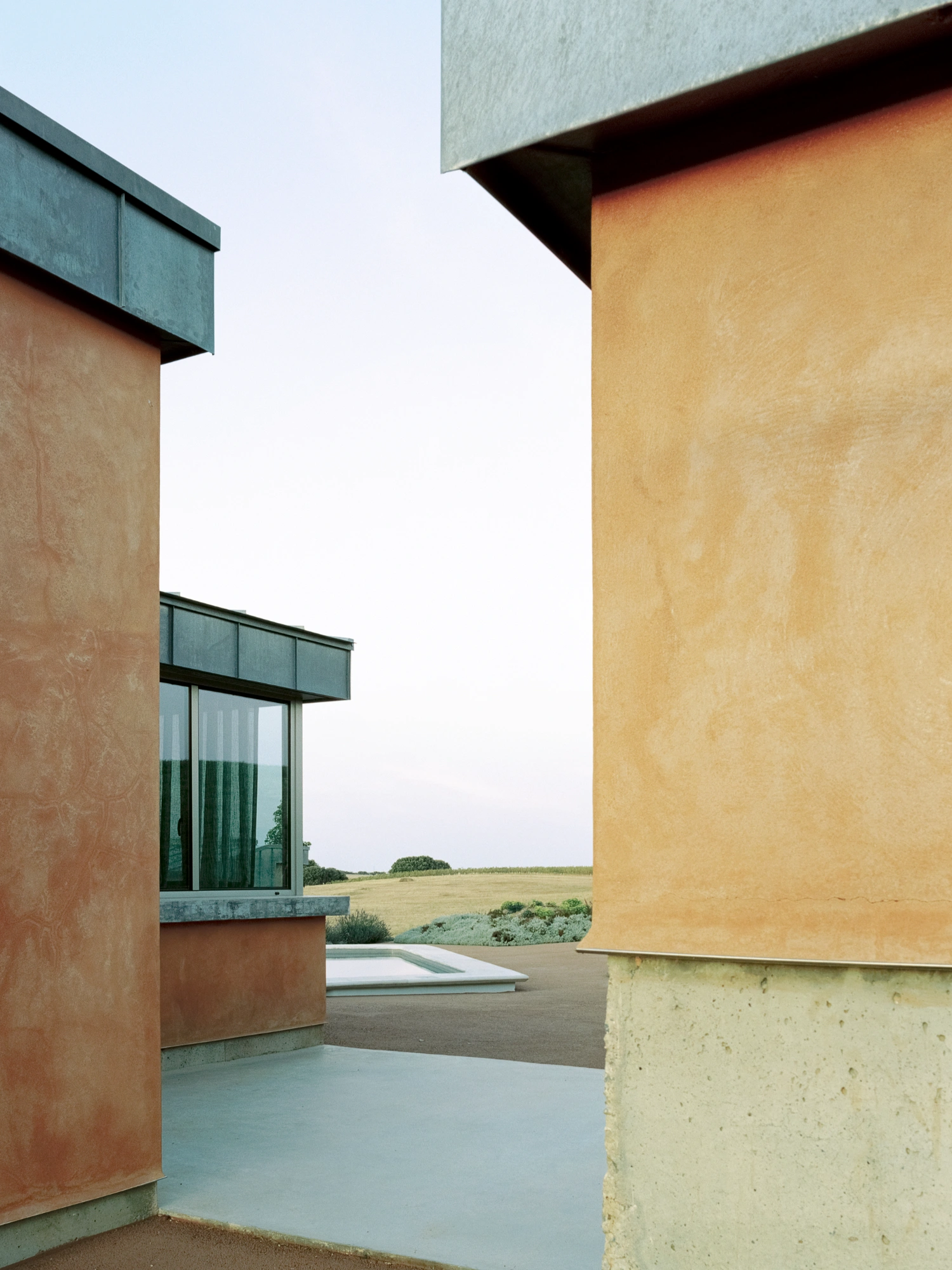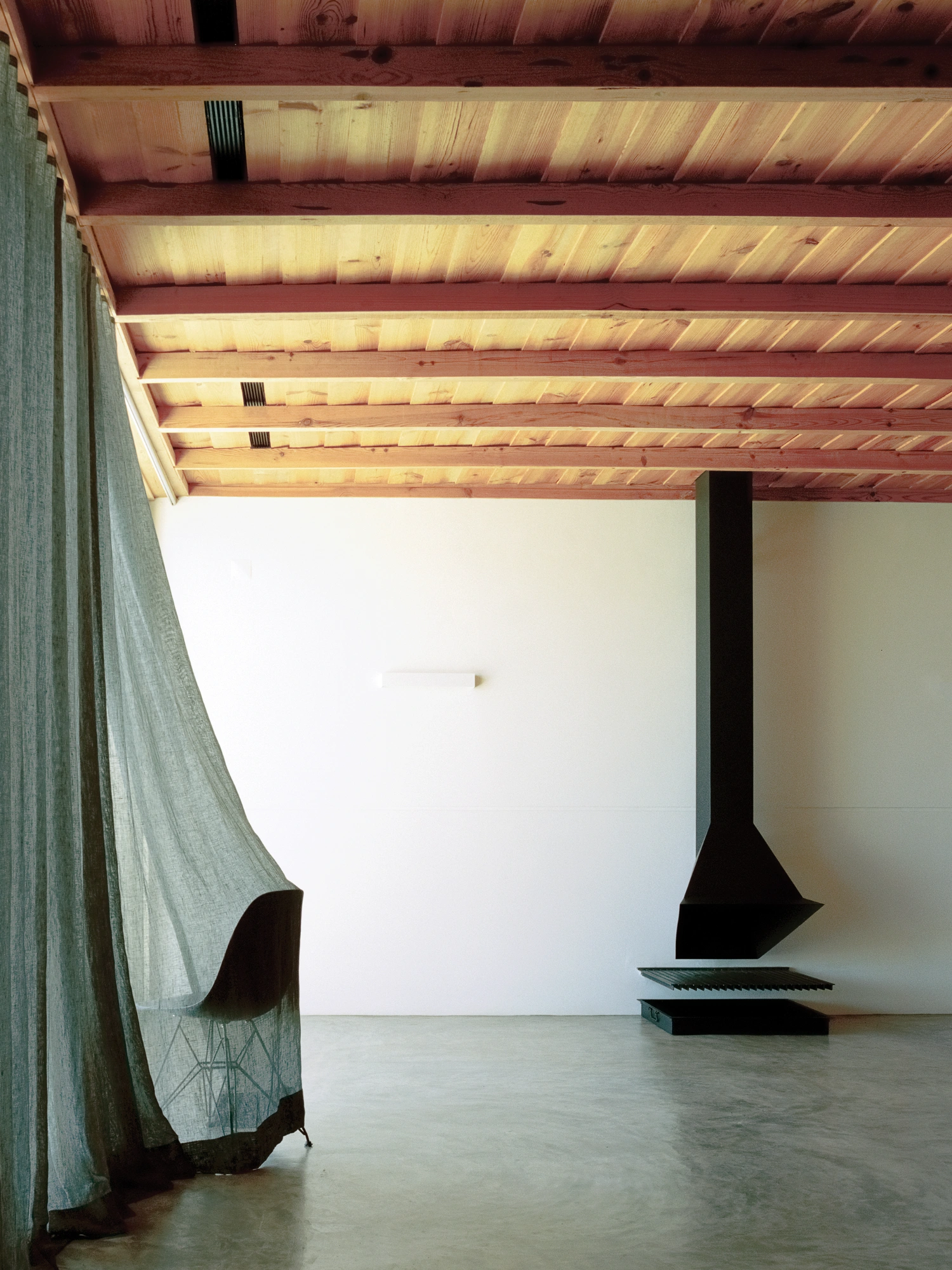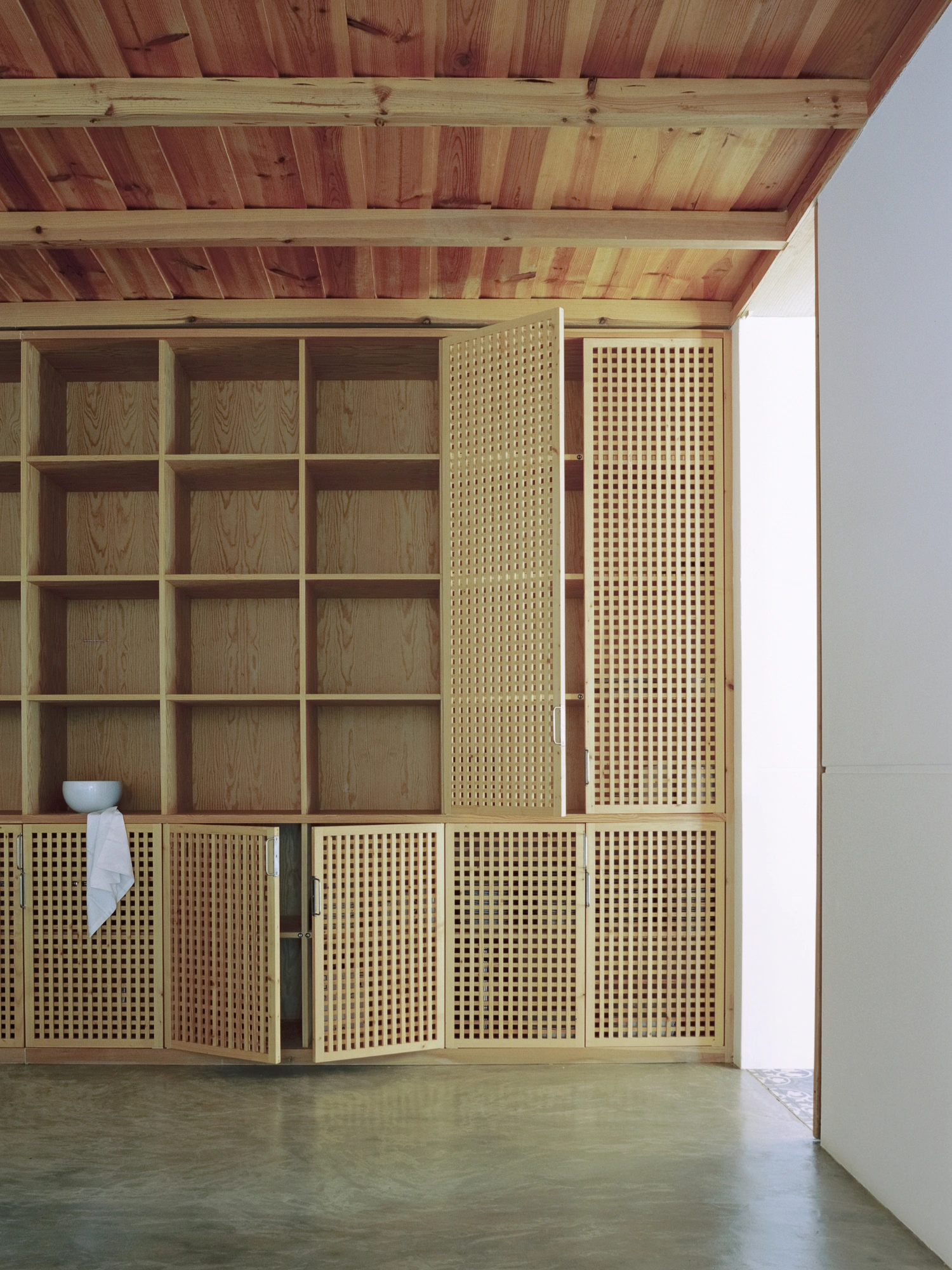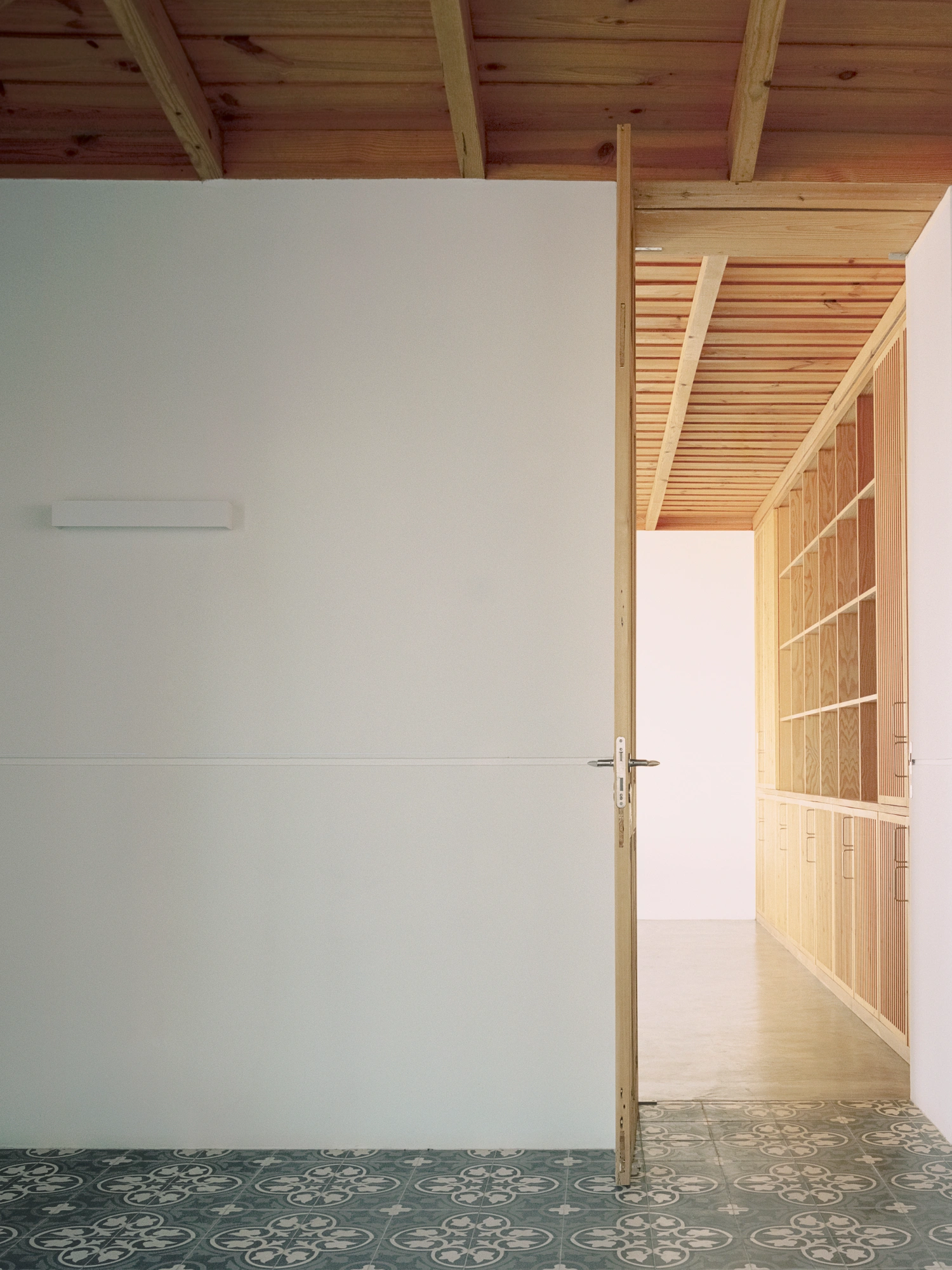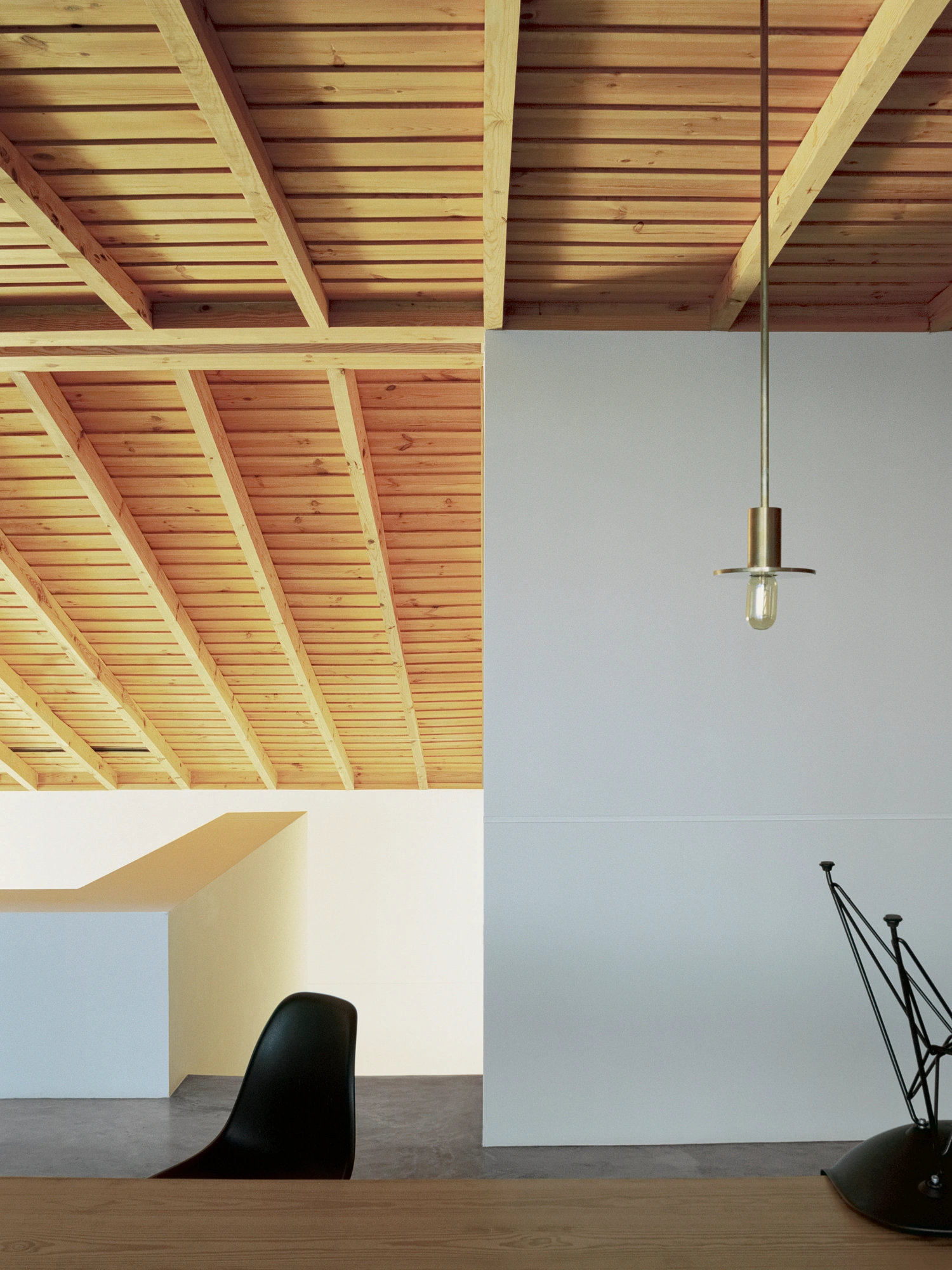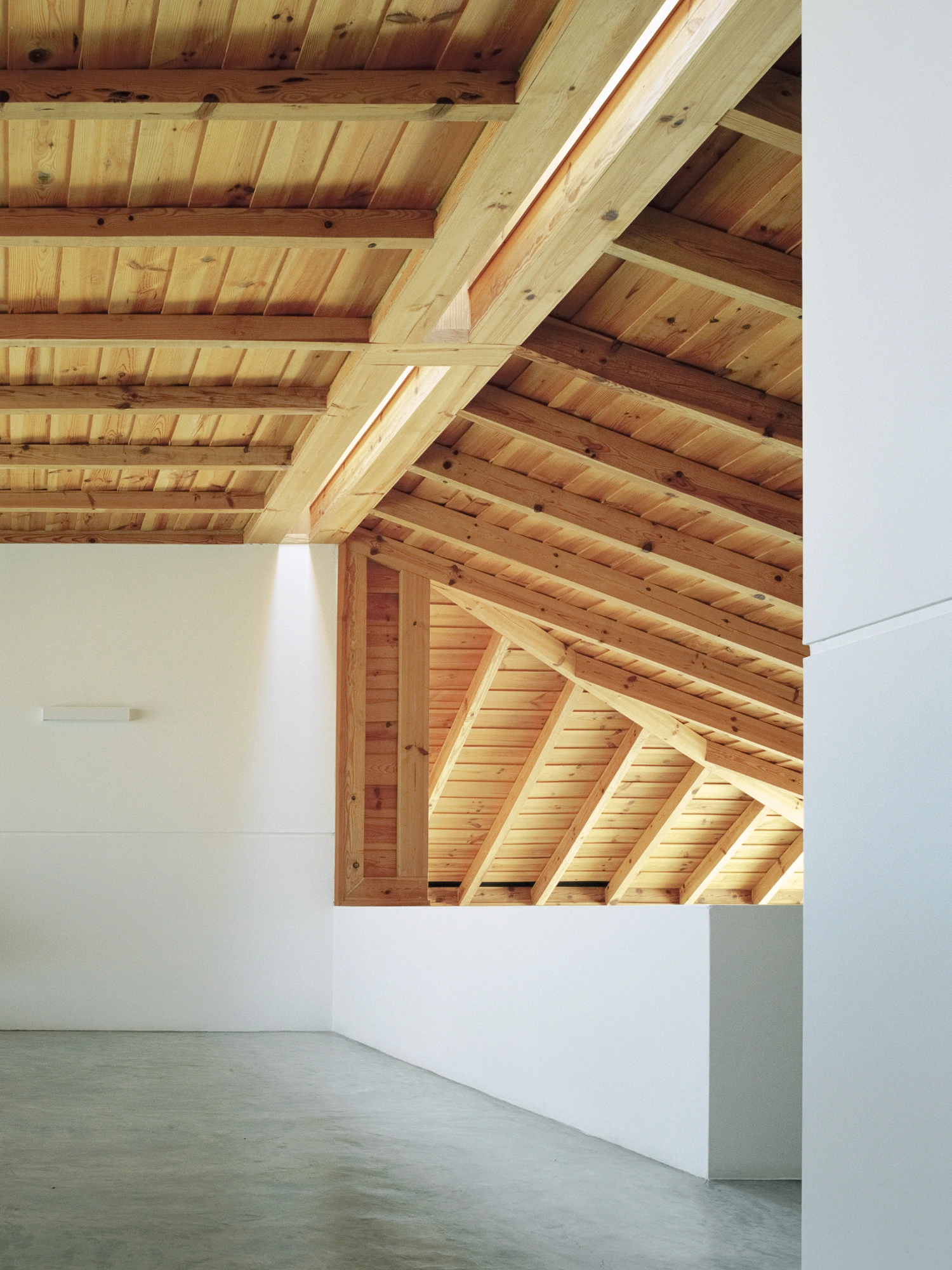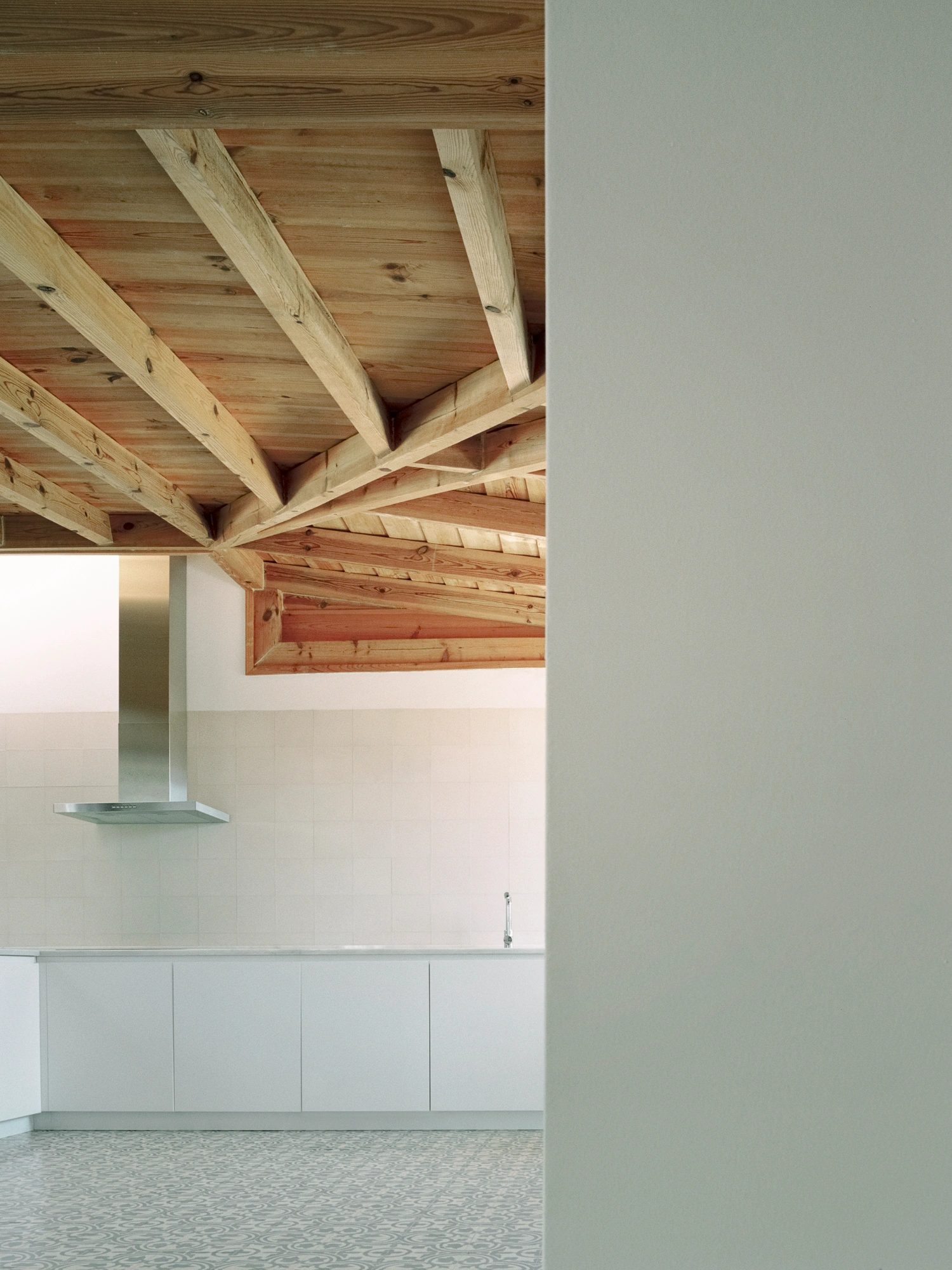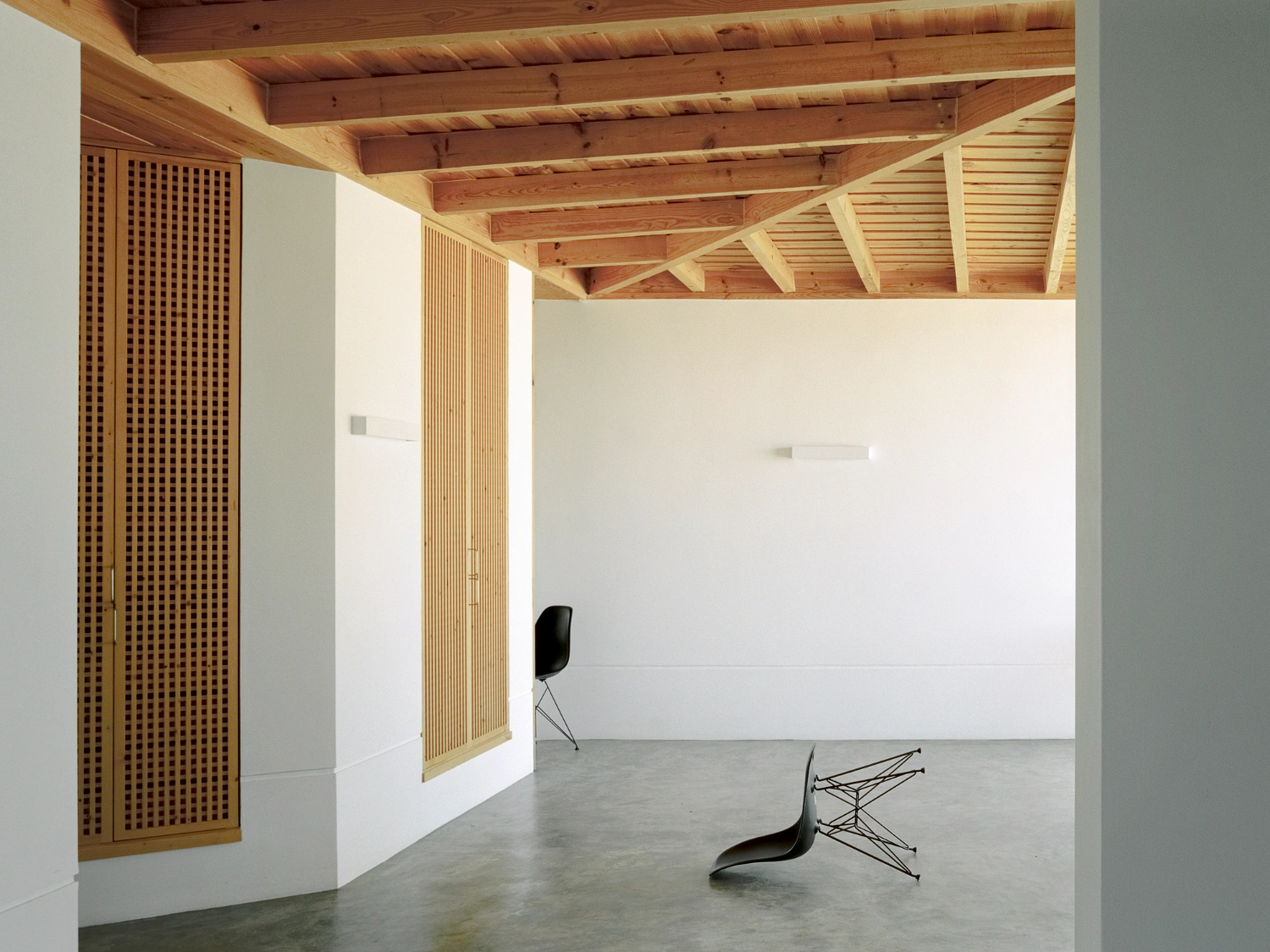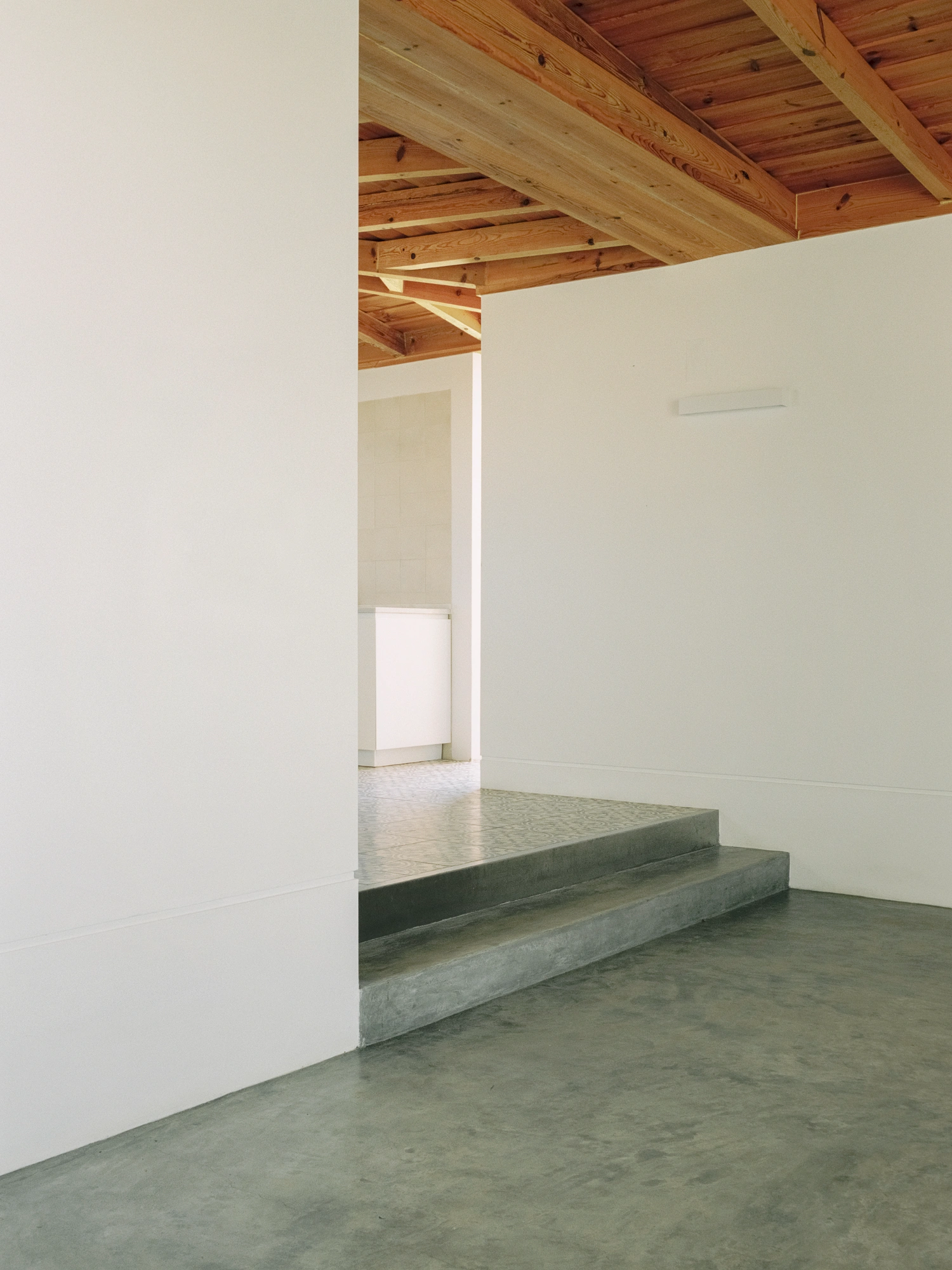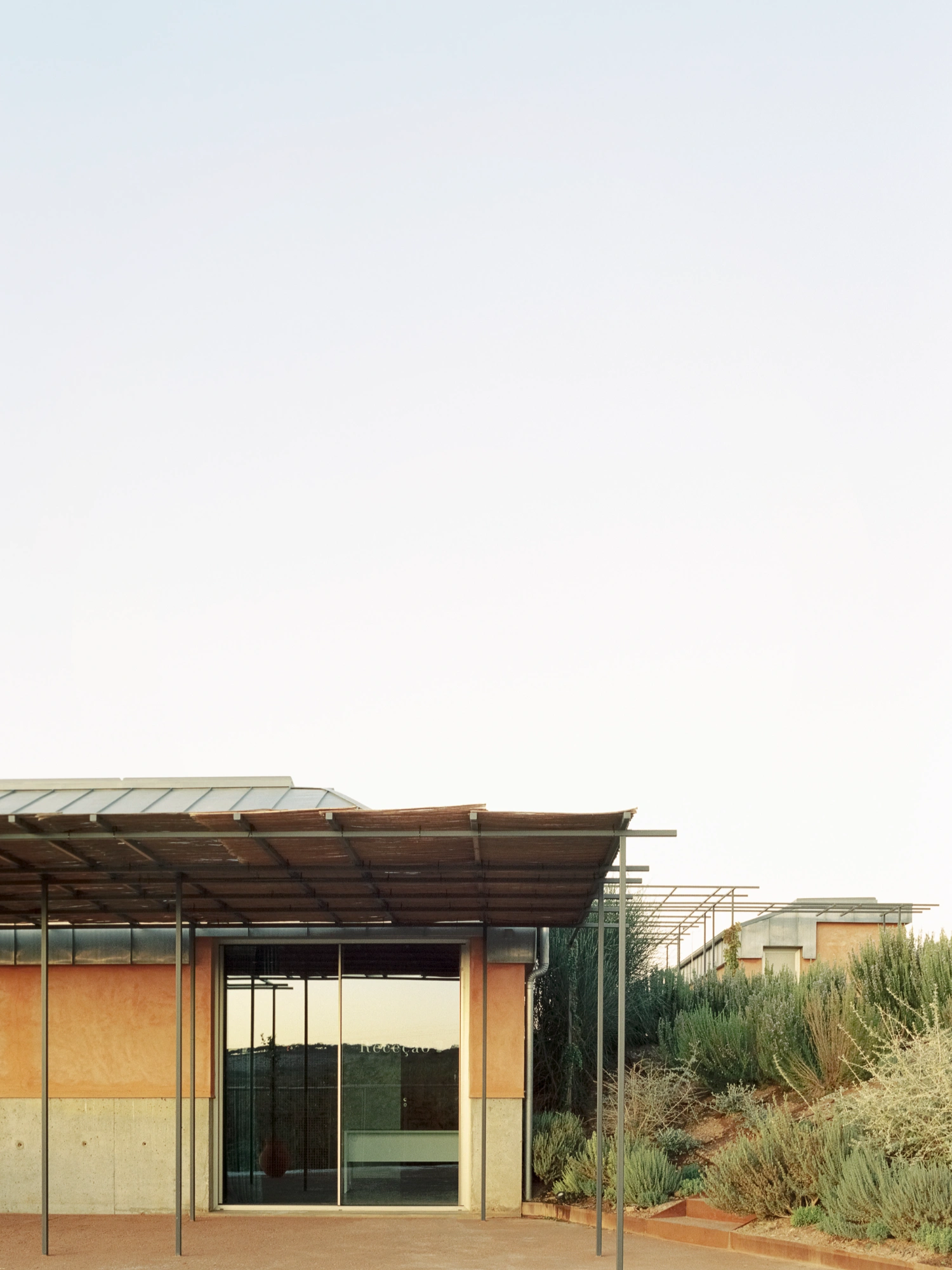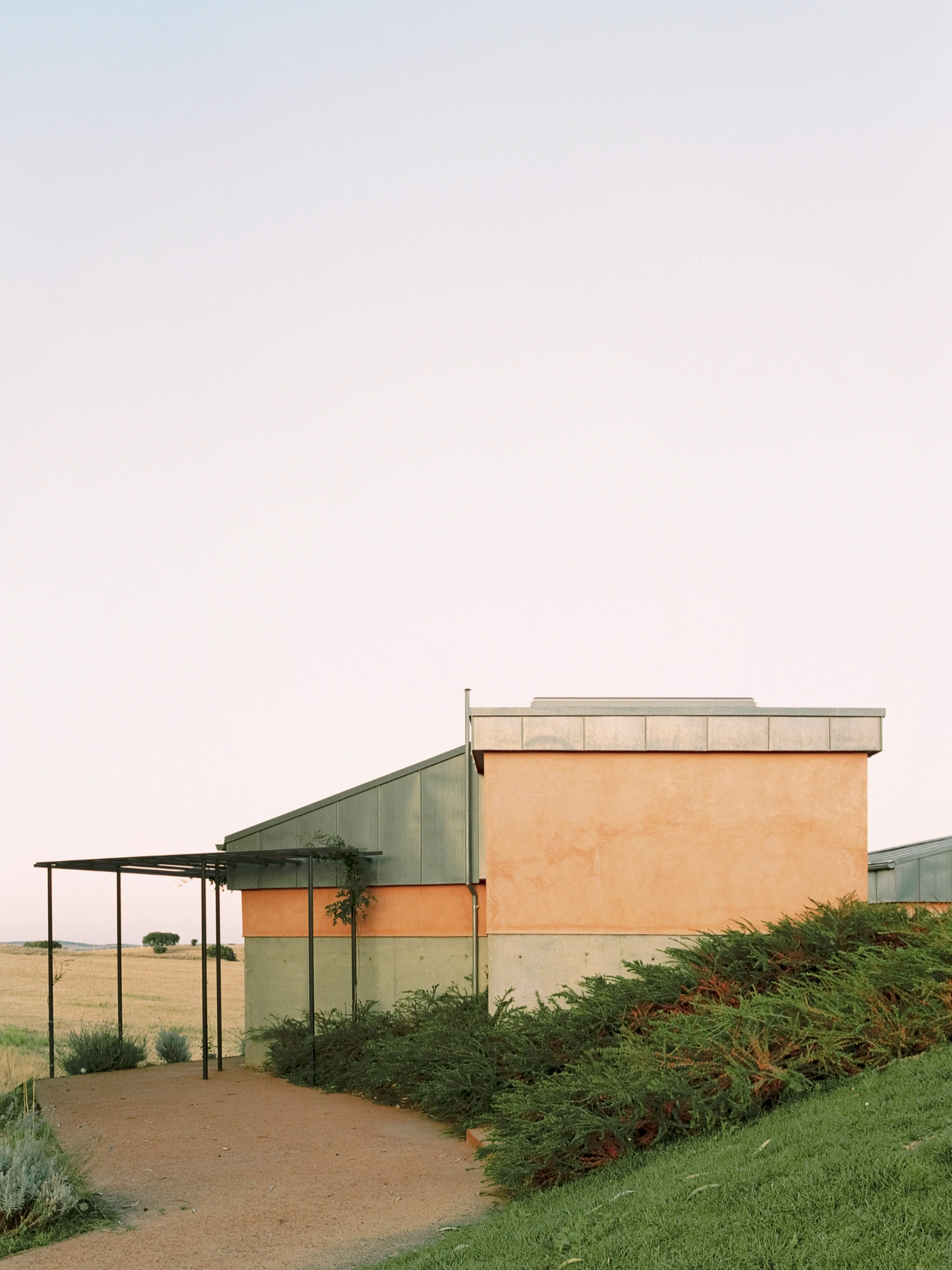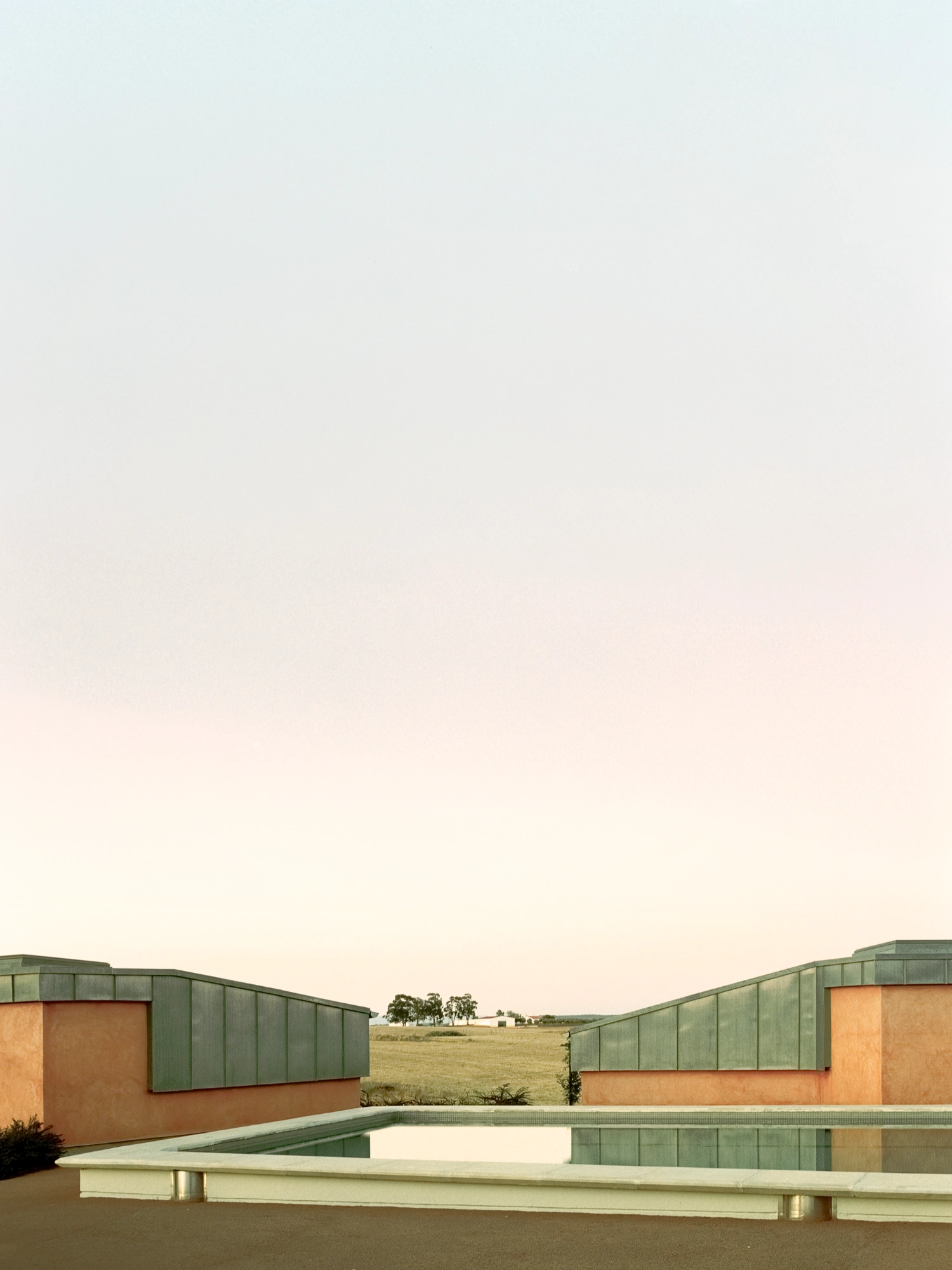In Alto Alentejo, Portugal, EMBAIXADA’s expansion of Herdade da Cardeira Winery weaves building and landscape into graded thresholds, revealing an architecture that retreats into the earth while unveiling ritual.
On arrival, one senses that the architects of EMBAIXADA arquitectura chose not to impose but to converse. Here, vineyard and olive grove roll outward; in the distance, the scars of marble quarrying hint at the region’s extraction history. It is a rugged, agricultural terrain pierced by human activity, and the design’s task was not to erase those traces but to accommodate them, to anchor new presence in native ground.
The expansion begins with a recognition: three distinct user groups—workers, visitors, and inhabitants—must coexist without disrupting one another. Rather than stacking program vertically, or flattening the site, the project molds itself to the hill’s subtle geometry. New volumes are scattered across levels. Between buildings, the ground rises and falls, carving gradations of privacy. Inward and outward dissolve. Perpendicular pergolas, sliding glass doors, climbing greenery—all act as mediators between interior and exterior, making architectural thresholds porous.
Closest to the existing cellar lies the reception and tasting wing, split over two levels so that the public journey moves naturally upward into the landscape, culminating in a framed view over vineyard rows. Mid-hill, a central elevation forms a pivot. On one side lie public spaces, on the other the private domain. A swimming pool lays at the threshold, terminating the living zone and giving visual and experiential punctuation between intimate and collective realms. Beneath that, bedrooms open eastward to greet the sunrise, sheltered but uncaptured by the building mass.
Materially, the project refrains from theatrical gestures. Rammed earth dug from the site forms the walls; interiors are lined with natural lime plaster, while exteriors carry a tunable earth-orange hue designed to recede into the surrounding soil. The logic is one of camouflage by affinity, not camouflaged aesthetic. Cross‑ventilation, shaded pergolas, and climbing vines temper climate stress in summer, giving the architecture a quiet environmental logic.
Seen as a whole, the compound gestures toward the vernacular ideal of a small village: agriculture, commerce, and dwelling folded into a single envelope. Each building’s internal life consistently extends outward; privacy is modulated but never shut off. The hill is read as a unified entity, a natural topography that the architecture respects, amplifies, and binds into a cohesive estate.

